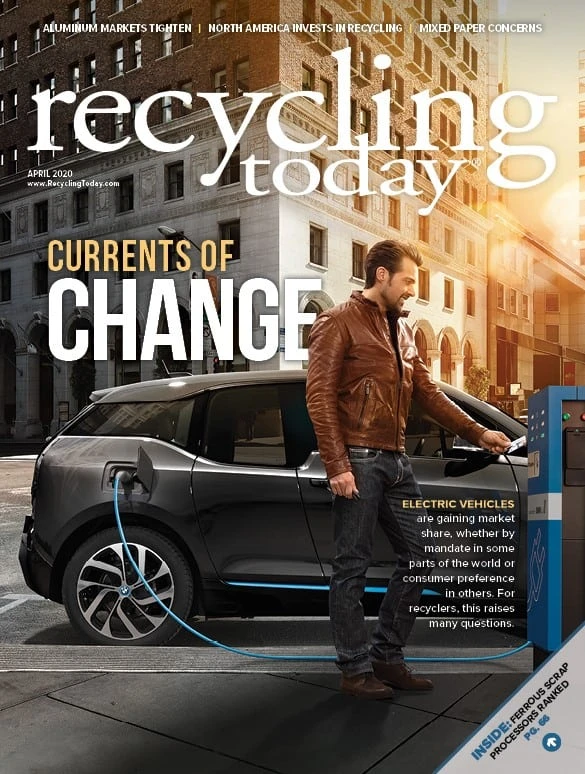

At CP Group, we speak from experience. Since 1995, we have owned and operated a material recovery facility (MRF) in San Diego. This hands-on experience drives our approach to equipment development and MRF design.
We know what downtime really means in a MRF; the pile doesn’t stop growing and you can’t shut your doors. That is why we design our equipment to be effective, low maintenance and durable. We focus on the lowest-cost-per-ton solutions.
Our unique experience as a MRF operator, equipment manufacturer and solutions provider led us to create our design principles: fractionate, liberate and separate.
Extracting the most value from incoming material involves a highly automated system with inherent operational flexibility. Our MRF design principles emphasize blending selective sorting using our MSS CIRRUS® optical sorting technology with mechanical equipment to fractionate and liberate material.
This principled approach to design increases system performance while minimizing labor costs and operating expenses, which further enhances the economic viability of a MRF.
Fractionate
Fractionating the material stream to create a parallel process is imperative to increase system performance and reduce operating costs. Our low-maintenance cantilevered steel Auger Screens are anti-wrapping and jamming. We are the only company to offer this new screening technology, which splits the incoming material stream to create homogeneously sized fractions. This increases worker safety while providing reliable sizing at high volumes to enhance the performance of downstream equipment. The CP Auger Screen is versatile, serving as a primary, scalping and fines screen.

As a primary separator, the Auger Screen diverts 60 percent or more of the undersized fraction away from the traditional single-stream presort. This allows MRF operators to reduce the number of manual sorters while increasing safety and productivity. Fractionating prior to the presort decreases human exposure to sharps and other hazards in this smaller fraction. Additionally, sorters only see what they need to—the “big uglies”—large trash, rigid plastics, wrapping hazards and metals.
The CP Scalping Auger Screen replaces the traditional Scalping Screen and creates homogeneously sized material streams to properly feed downstream sorting machines. The Scalping Auger Screen captures small OCC (old corrugated containers) in one place for improved recovery and also can have a tight pattern to removes fines.
The Auger Screen is extremely adaptable and low maintenance, making it a key player in the CP design principles.
Liberate
Preparing the material stream for efficient downstream processing is essential in successful MRF design.
Using screening technology, we liberate the fluffy, high-volume 2D material from the rigid 3D material. This allows material to be presented to our MSS optical sorters for effective recovery, high purity and greater efficiencies.
We do all this using the lowest maintenance screens in the industry. Our discs offer operators longevity that our competitors cannot match. It’s not uncommon for our rubber CPScreen™ and AWScreen discs to run 2,000 and even 3,000 hours. Our steel GlassBreaker and OCCScreen™ discs run tens of thousands of hours.
Separate
Selective sorting is a cornerstone of our MRF design, yielding an increase in overall system intelligence and value.
Optical separation of commodities yields high volume, low-cost recovery. MSS optical sorters run at the fastest belt speeds (1,000 feet per minute) on the widest belts (112 inches). This equates to more tonnage processed and more picks per minute on a single unit with less collateral damage. It delivers the highest purity commodities while also allowing operators the flexibility to adapt to future needs. With the touch of a button on our MSS optical sorters, you can change the recipe selection to recover different material.
Mechanical separation alone is no longer a viable option for MRF operators because 2D material is no longer only paper and 3D material is no longer only containers. Selective sorting helps to keep operating expenses low while also delivering high-volume separation and high purity recovery.
The MSS FiberMax™ optical sorter helps you reduce headcount on fiber QC lines and improves the marketability of your fiber. We have units in the field processing more than 1,500 picks per minute, and even up to 2,000.
***
Our design principles are changing the future of the MRF. We know they work because we have put them to the test helping companies achieve their processing and purity goals.
We don’t just manufacture machines, we engineer solutions.

Explore the April 2020 Issue
Check out more from this issue and find your next story to read.
Latest from Recycling Today
- Phoenix Technologies closes Ohio rPET facility
- EPA selects 2 governments in Pennsylvania to receive recycling, waste grants
- NWRA Florida Chapter announces 2025 Legislative Champion Awards
- Goldman Sachs Research: Copper prices to decline in 2026
- Tomra opens London RVM showroom
- Ball Corp. makes European investment
- Harbor Logistics adds business development executive
- Emerald Packaging replaces more than 1M pounds of virgin plastic





